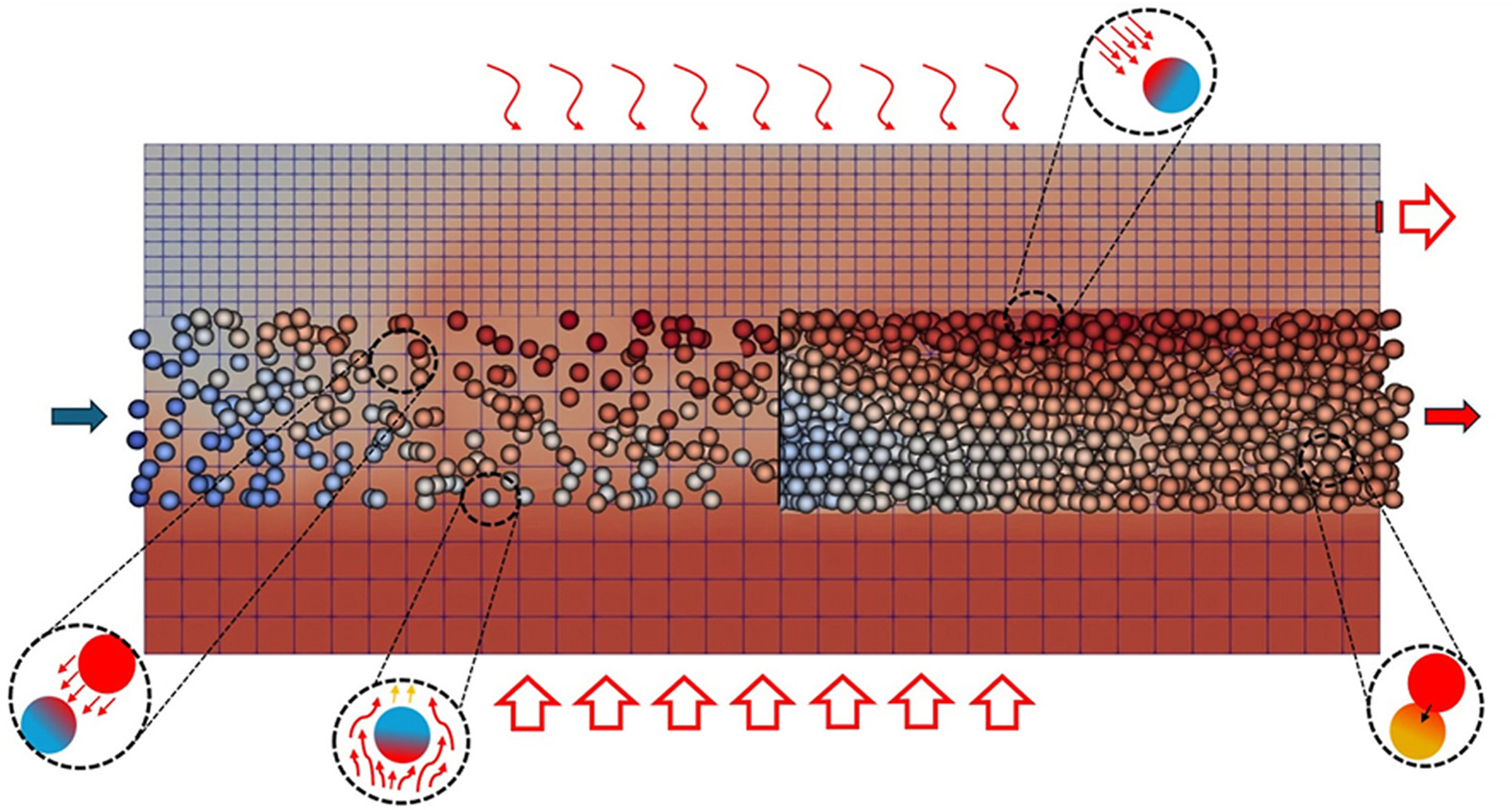- Volumes 96-107 (2025)
-
Volumes 84-95 (2024)
-
Volume 95
Pages 1-392 (December 2024)
-
Volume 94
Pages 1-400 (November 2024)
-
Volume 93
Pages 1-376 (October 2024)
-
Volume 92
Pages 1-316 (September 2024)
-
Volume 91
Pages 1-378 (August 2024)
-
Volume 90
Pages 1-580 (July 2024)
-
Volume 89
Pages 1-278 (June 2024)
-
Volume 88
Pages 1-350 (May 2024)
-
Volume 87
Pages 1-338 (April 2024)
-
Volume 86
Pages 1-312 (March 2024)
-
Volume 85
Pages 1-334 (February 2024)
-
Volume 84
Pages 1-308 (January 2024)
-
Volume 95
-
Volumes 72-83 (2023)
-
Volume 83
Pages 1-258 (December 2023)
-
Volume 82
Pages 1-204 (November 2023)
-
Volume 81
Pages 1-188 (October 2023)
-
Volume 80
Pages 1-202 (September 2023)
-
Volume 79
Pages 1-172 (August 2023)
-
Volume 78
Pages 1-146 (July 2023)
-
Volume 77
Pages 1-152 (June 2023)
-
Volume 76
Pages 1-176 (May 2023)
-
Volume 75
Pages 1-228 (April 2023)
-
Volume 74
Pages 1-200 (March 2023)
-
Volume 73
Pages 1-138 (February 2023)
-
Volume 72
Pages 1-144 (January 2023)
-
Volume 83
-
Volumes 60-71 (2022)
-
Volume 71
Pages 1-108 (December 2022)
-
Volume 70
Pages 1-106 (November 2022)
-
Volume 69
Pages 1-122 (October 2022)
-
Volume 68
Pages 1-124 (September 2022)
-
Volume 67
Pages 1-102 (August 2022)
-
Volume 66
Pages 1-112 (July 2022)
-
Volume 65
Pages 1-138 (June 2022)
-
Volume 64
Pages 1-186 (May 2022)
-
Volume 63
Pages 1-124 (April 2022)
-
Volume 62
Pages 1-104 (March 2022)
-
Volume 61
Pages 1-120 (February 2022)
-
Volume 60
Pages 1-124 (January 2022)
-
Volume 71
- Volumes 54-59 (2021)
- Volumes 48-53 (2020)
- Volumes 42-47 (2019)
- Volumes 36-41 (2018)
- Volumes 30-35 (2017)
- Volumes 24-29 (2016)
- Volumes 18-23 (2015)
- Volumes 12-17 (2014)
- Volume 11 (2013)
- Volume 10 (2012)
- Volume 9 (2011)
- Volume 8 (2010)
- Volume 7 (2009)
- Volume 6 (2008)
- Volume 5 (2007)
- Volume 4 (2006)
- Volume 3 (2005)
- Volume 2 (2004)
- Volume 1 (2003)
• Discrete Ordinates Method in DEM-CFD to simulate radiation in moving packed beds.
• Analysis of the influence of packing density on radiation penetration depth.
• Interplay of convective, solid-conduction and radiative heat transfer in packed beds.
• Conduction leads to a diffusive effect on temperature distribution in packed beds.
Discrete Ordinates Method (DOM) is a model for thermal radiation exchange in opaque media. In this study, the DOM formulation is employed within the framework of the Discrete Element Method coupled with Computational Fluid Dynamics (DEM-CFD), thus including full radiative heat exchange among the phases involved. This is done by adjusting the absorption coefficient, emission coefficient, and net radiative heat flux of particles by incorporating local porosity into equations. A key objective is to represent radiation propagation for different packing densities in packed beds accurately.
The model is validated by comparing the results with available data from the literature for simulations with a P1 radiation model and corresponding experiments. The validation configuration is a heated box filled with spherical particles under vacuum conditions.
As an application example, the radiative heat exchange between an enclosure at high temperature and moving layers of spherical particles concurrently passed by a gas in crossflow is studied. Three packing densities (dilute, moderate, and dense) are examined to evaluate radiation penetration into the particle ensemble. Convective and contact heat transfer are also considered. The DEM-CFD coupling is a non-resolved approach, where the influence of particles on the flow field is accounted for by momentum and energy source terms together with a porosity field (Averaged Volume Method (AVM)).
Effect of convective, conductive and radiative heat transfer is analysed based on the evolution of incident radiation flux, spatial distributions of particle surface and fluid temperatures, and particle temperature histograms. It becomes obvious that radiation dominates the system, and that packing density defines the penetration depth of radiation. Conduction mainly leads to a smoothening of particle temperature distribution in the system.

